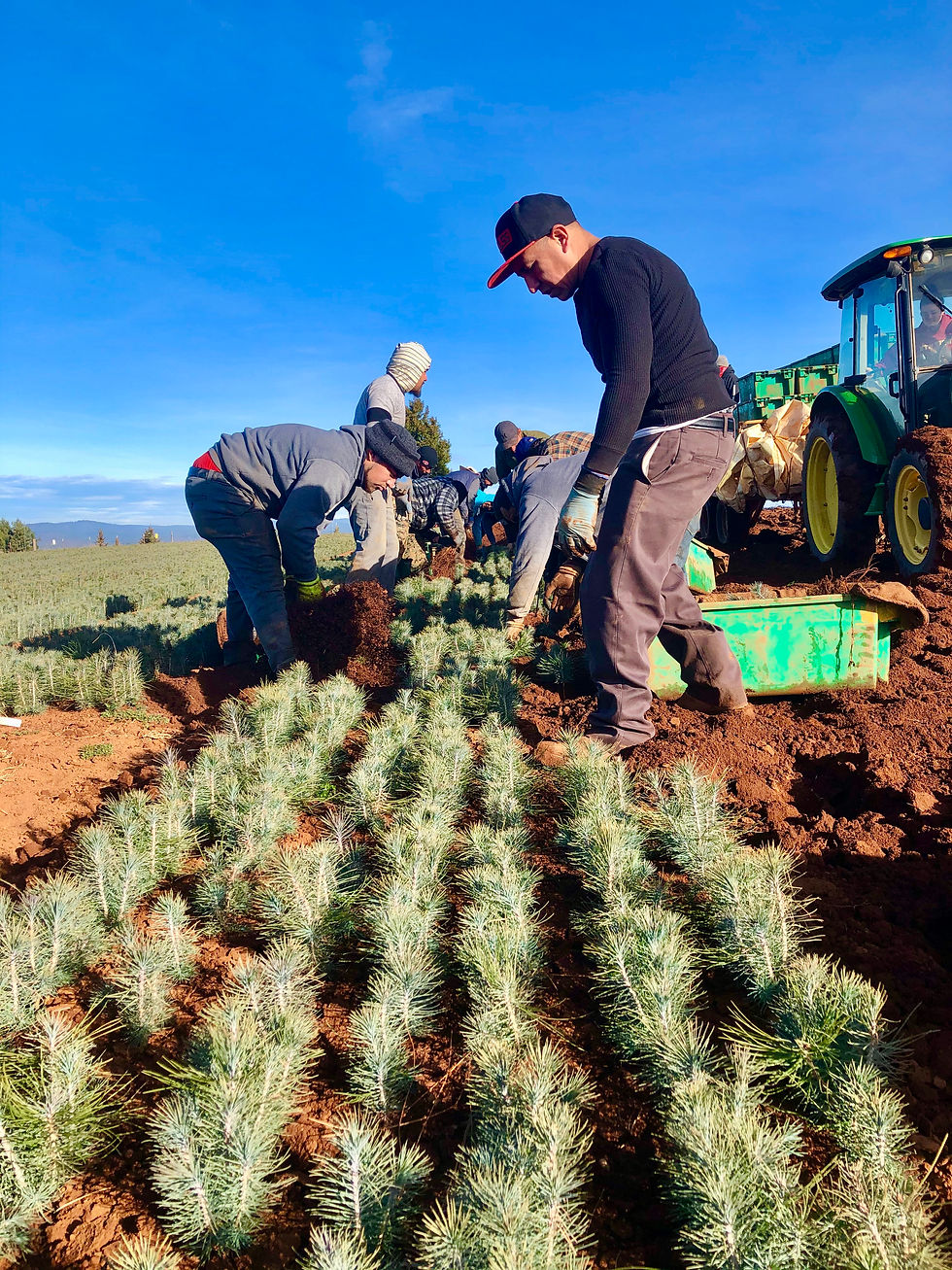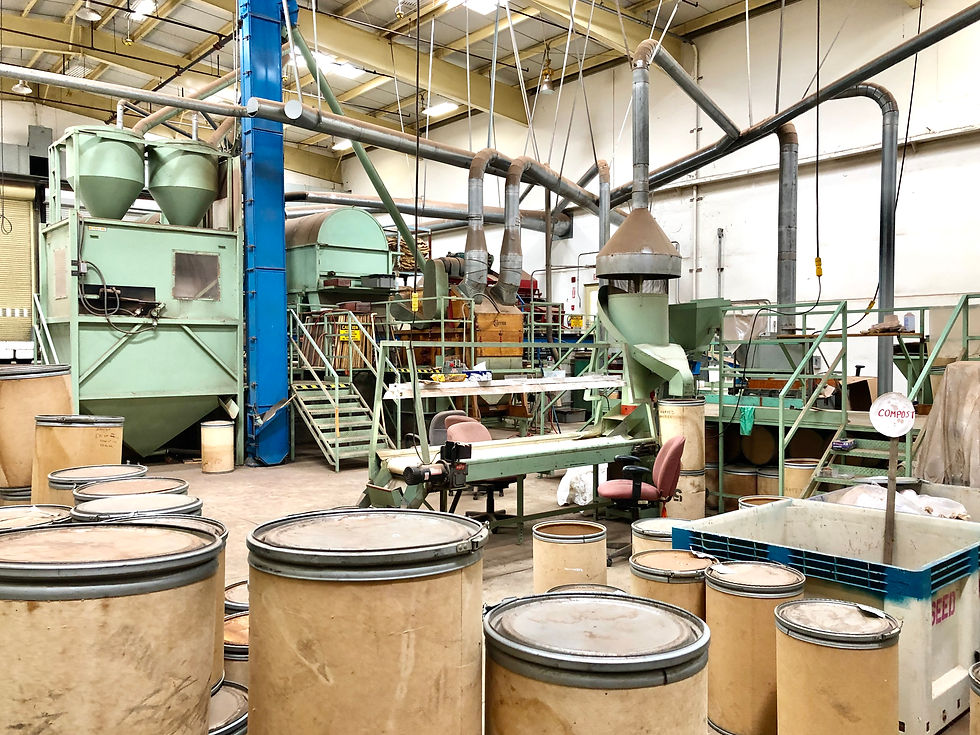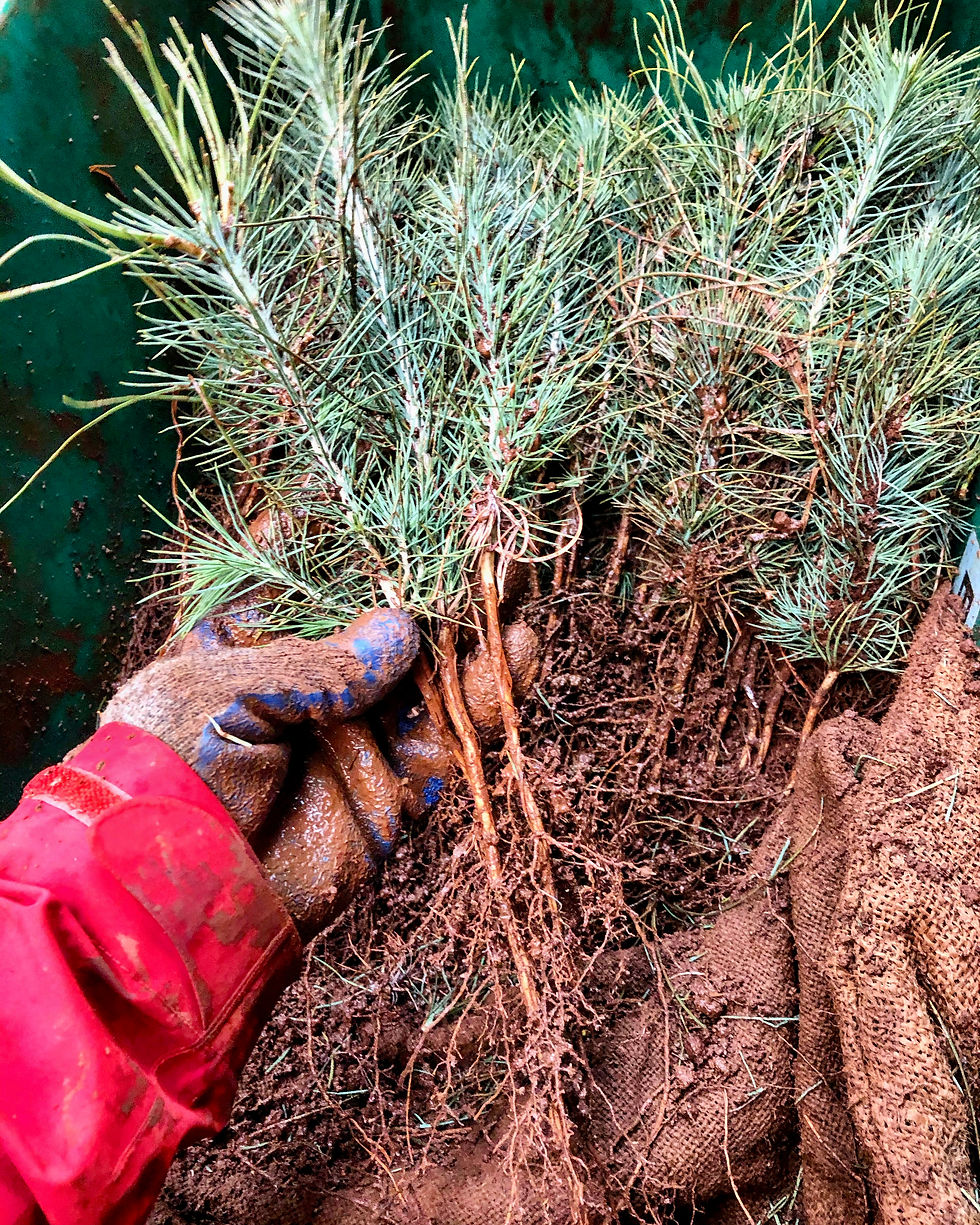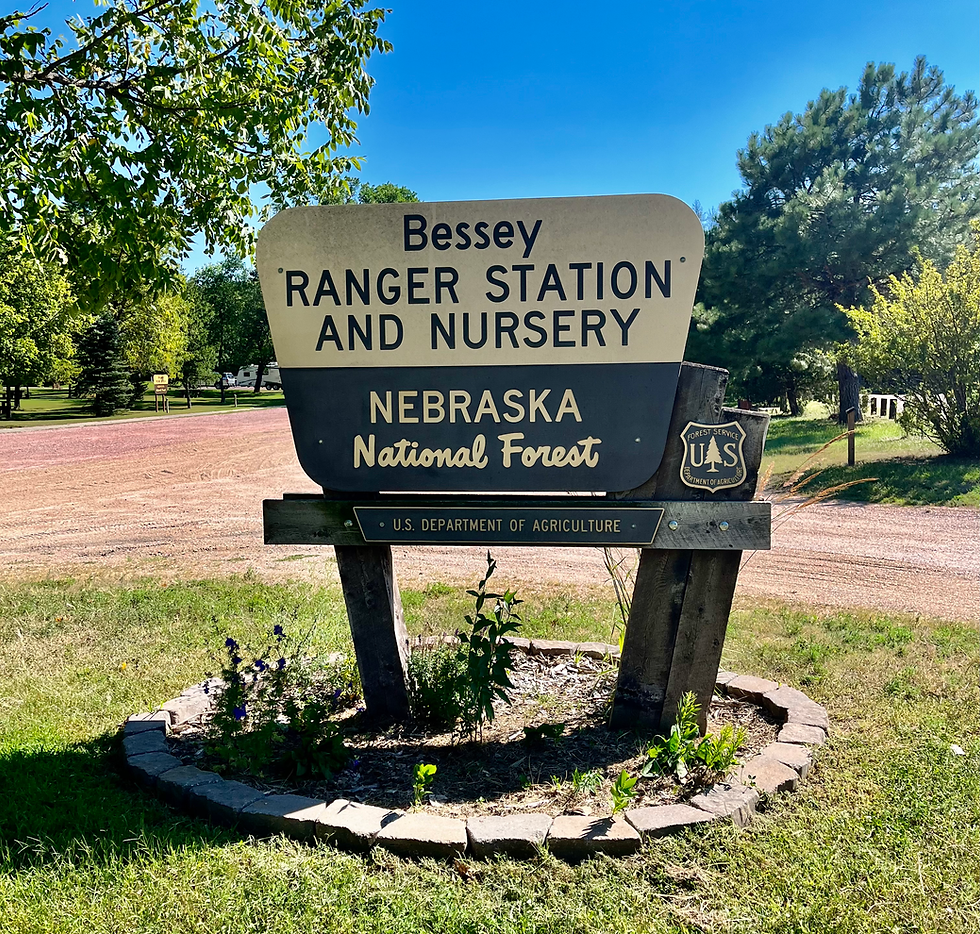Placerville Nursery....
- Garrett Keisling
- Oct 29, 2023
- 2 min read
Updated: Nov 4, 2023

With my last post I gave a little history about the Charles Bessey Nursery in Nebraska where I was employed for the past year.
I recently relocated for a position at the Placerville Nursery in the Sierra Nevada foothills of northern California and with this post I will cover a little about the history of this nursery.
At its height, the Forest Service Nursery System had 13 operational nurseries in the country. Today 6 nurseries remain in operation. The Placerville nursery, established in 1957, is the only federal nursery operational in California and currently provides around 4 million seedlings for reforestation efforts primarily on lands impacted by wildfire and insect activity.

Since the opening of the first Forest Service Nursery in the 1900’s the objective was geared toward restoration. Providing seedlings to stabilize soils and protect watersheds after wildfires, as well as, restoring areas where indiscriminate logging took place before the Forest Service took control.
Federal nurseries provided work during the Great Depression mostly in the South by restoring cut over and farmed‐out lands. From 1933 to the beginning of World War II, federal nurseries produced around 3 BILLION seedlings!
In 1957, the Placerville Nursery was established and provided help by producing up to 18 million seedlings annually in irrigated fields, on the nursery's 157 acres, which went towards replanting lands harvested to feed the postwar building boom.

The first crop of trees were produced in 1960 and today Ponderosa pine, Sugar pine, Incense cedar and other native species growing at the nursery are helping to restore areas burned by wildfires or damaged by insects on Federal, State and other lands.
The nursery produces seedlings within it's container program where trees are grown in styrofoam blocks to produce ready to plant plugs as well as in the seedling beds of it's bare root fields. Facilities include 80 acres of bare root seedling beds, a 3,000 sqft. greenhouse, eight shade structures and a packing operation where seedlings are boxed and stored in large coolers until clients are ready to receive them each spring.

The nursery is also one of the only within the federal nursery system to operate a full scale seed extractory, seed laboratory and seed bank where native seed is processed, tested and stored for future use within the forests of California.




Comments